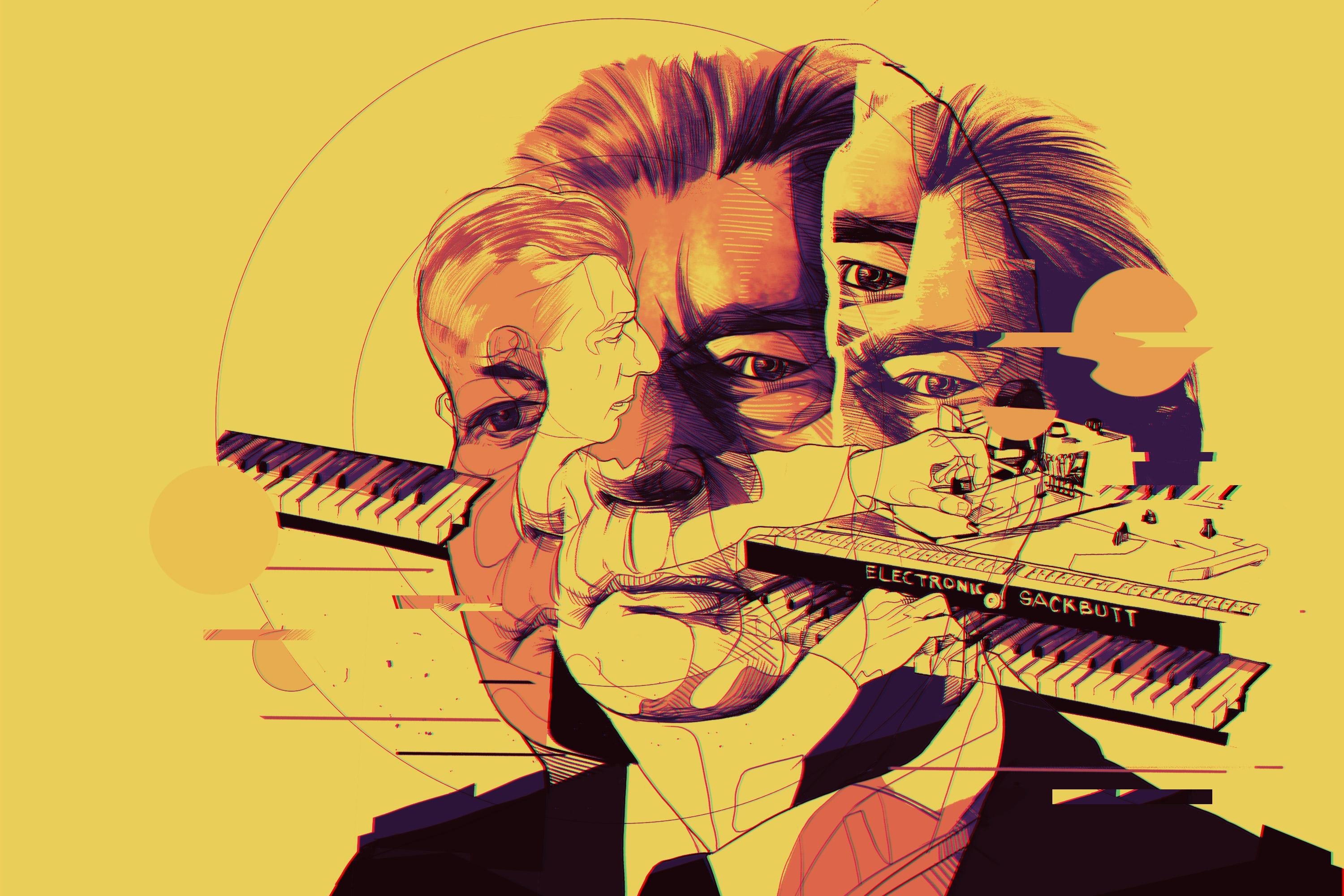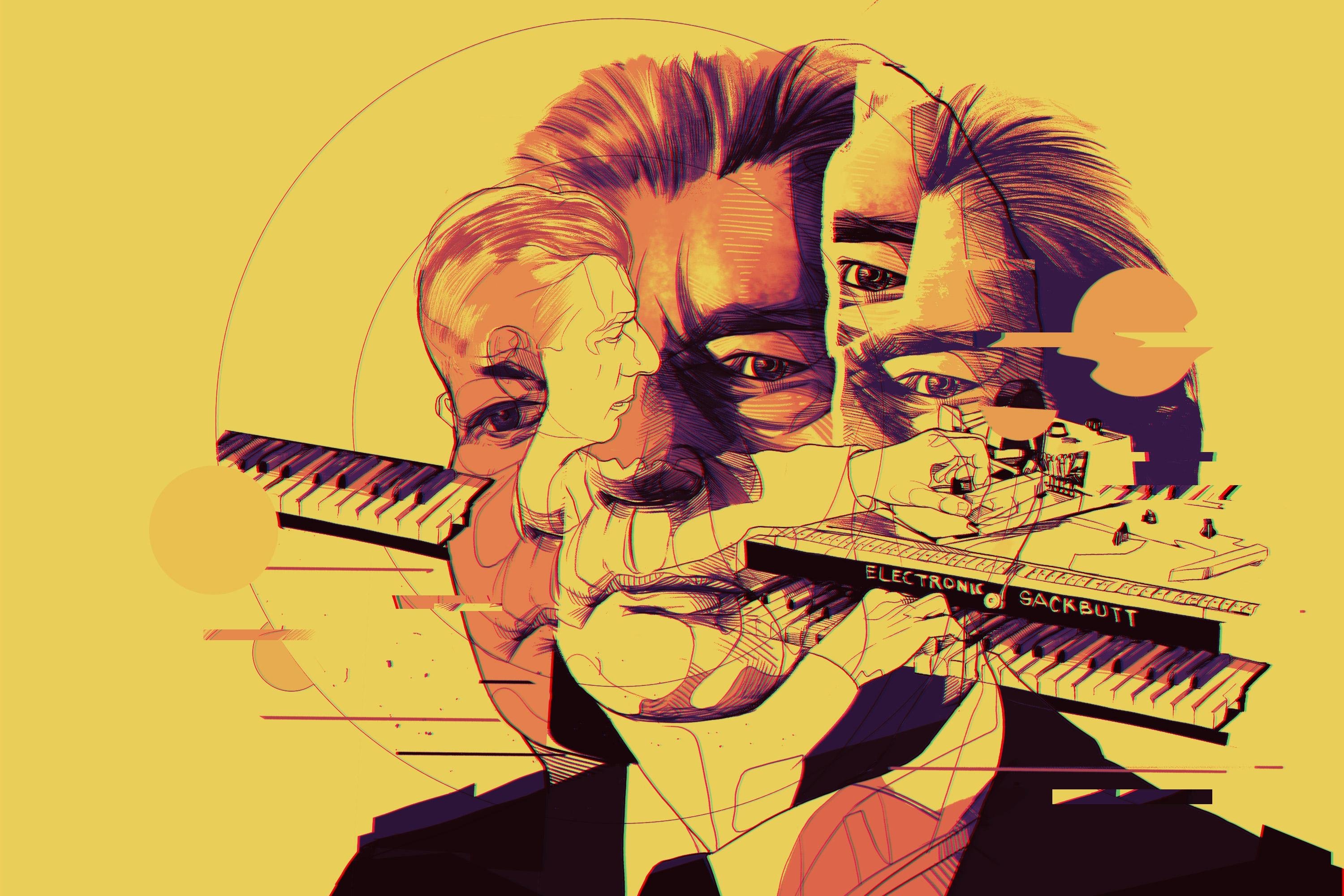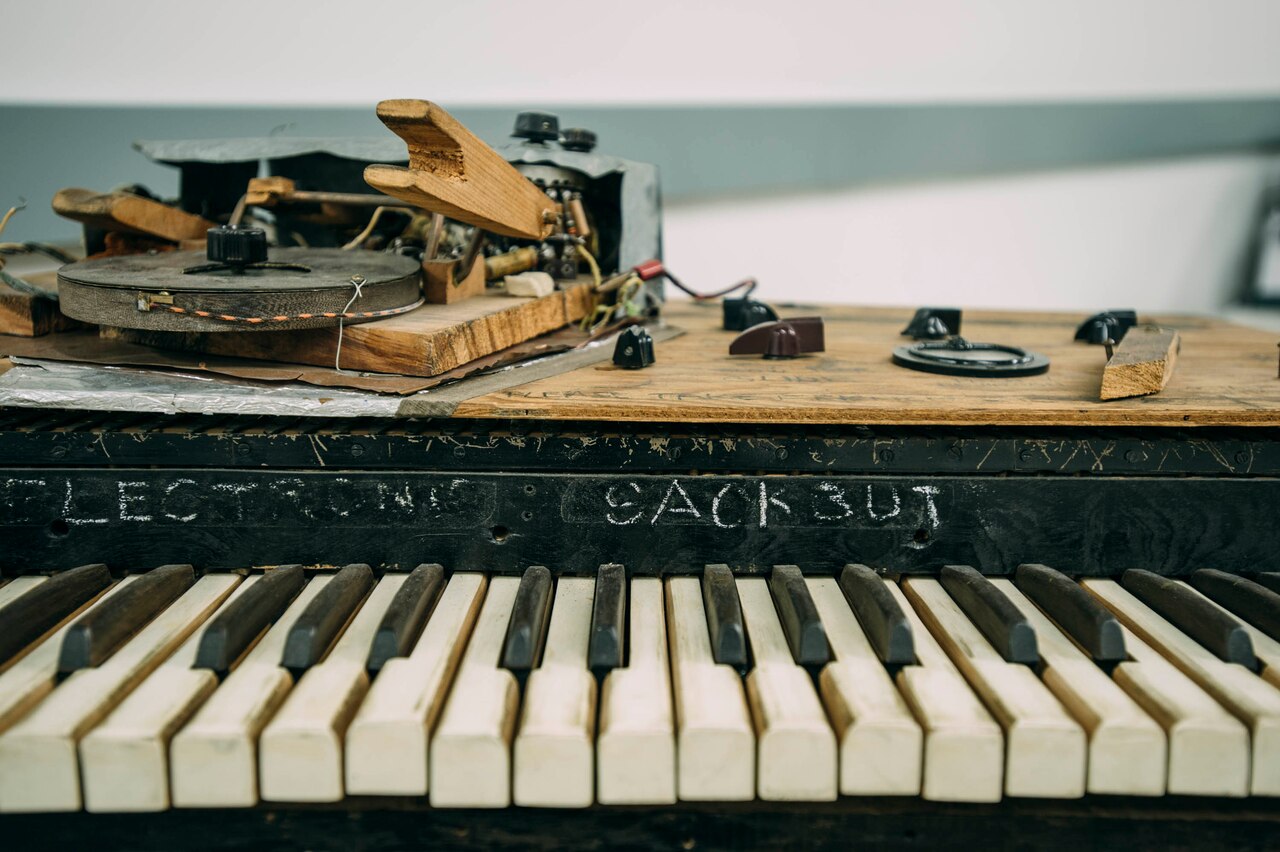
Canada’s National Music Centre
Home to Malcolm Cecil’s TONTO and Hugh Le Caine’s Electronic Sackbut, the National Music Centre’s new home, Studio Bell, contains some of the most important instruments in electronic music history
An American has been entrusted with a Canadian treasure. The Electronic Sackbut, created by late physicist and instrument inventor Hugh Le Caine in the ’40s and ’50s, is structurally brittle and hasn’t worked in years. It will be up to John Leimseider, electronics technician for the National Music Centre (NMC), to unlock the Sackbut’s secrets and perhaps create a pitch perfect clone of what’s regarded as the world’s first voltage-controlled synthesizer.
It’s not the only iconic piece of music history that Leimseider currently has his hands on: NMC’s facility, Studio Bell, is also the new home of Tonto, the world’s first multitimbral polyphonic analog synthesizer. Compared to the non-operational Sackbut, Tonto creator Malcolm Cecil has kept his baby in somewhat working condition, which could be famously heard on the pioneering 1971 album Zero Time, credited to Tonto’s Expanding Head Band.
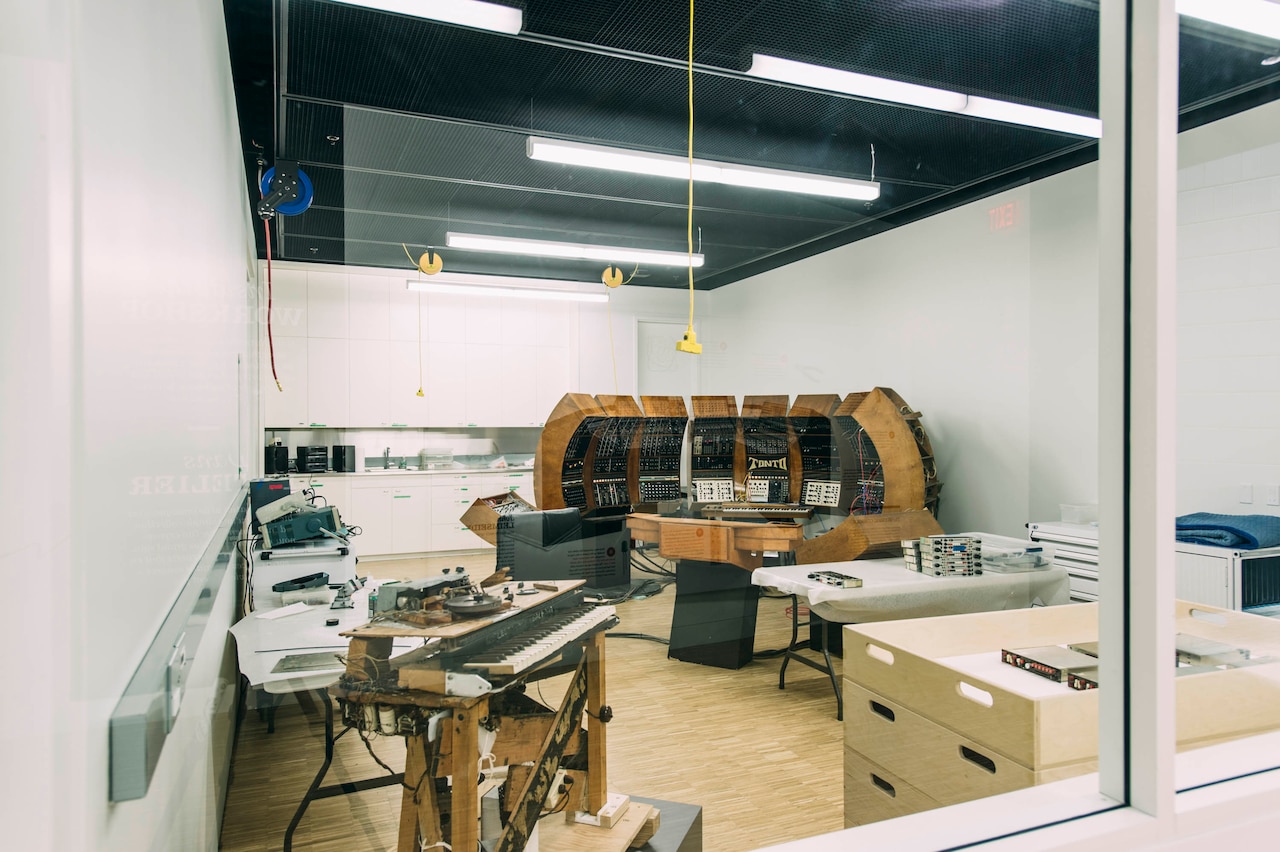
How did you become an electronics technician, anyway?
I was a musician before I was a tech. I’ve been playing since I was a little kid – keys, mostly – and I was the guy in the band who was always fixing things, even back in junior high school. Then I went to engineering college and got a bachelor’s of science in technical engineering. Honestly, I eventually got into tech-ing because I couldn’t get my own stuff fixed properly. It came down to one instrument – a Polymoog – that I took in for warranty repair and they didn’t fix it. I asked the owner of the place if I could just have the parts myself, and I offered to work for a day there to pay for them. At the end of the day he hired me. I’ve been tech-ing pretty much nonstop since 1978.
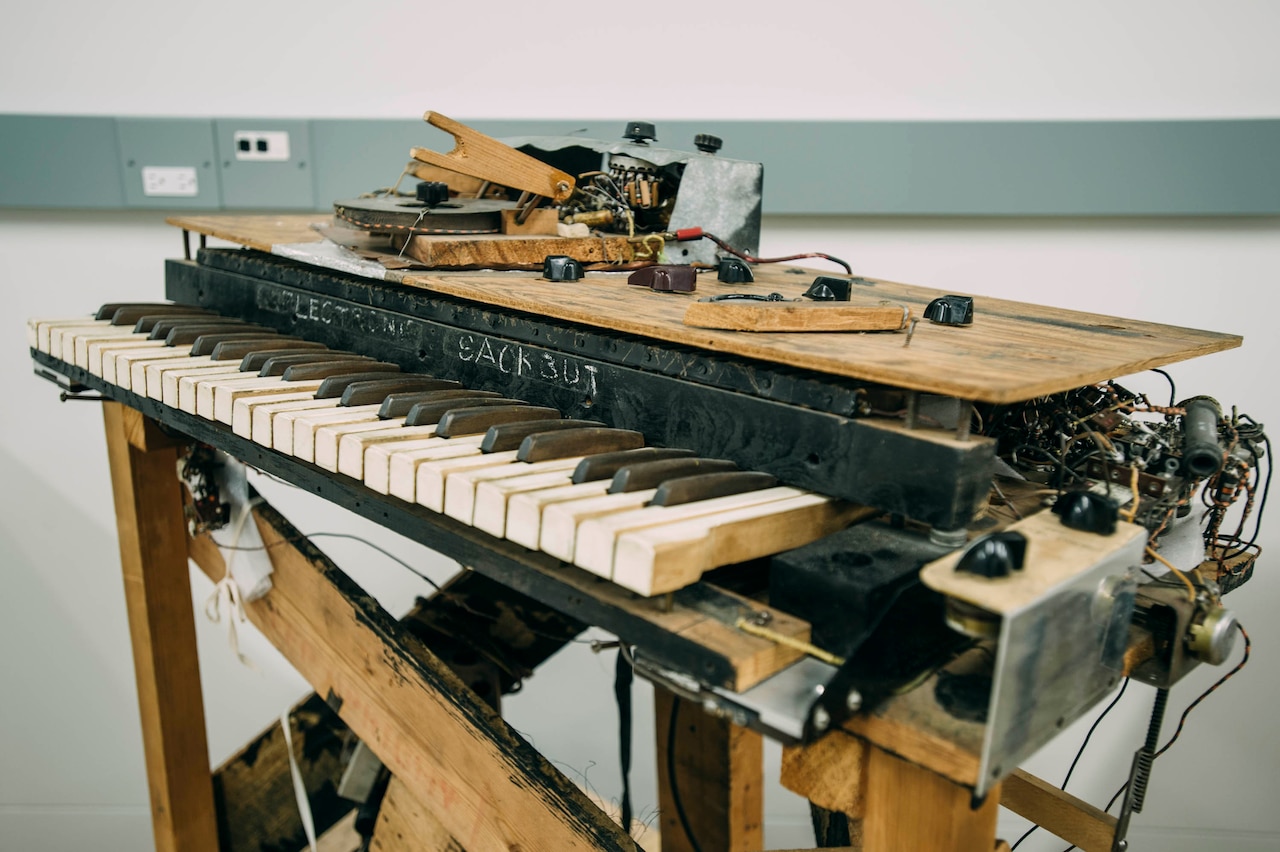
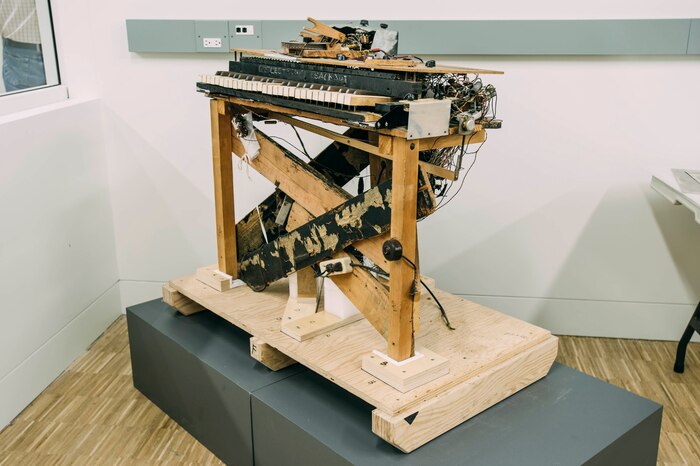
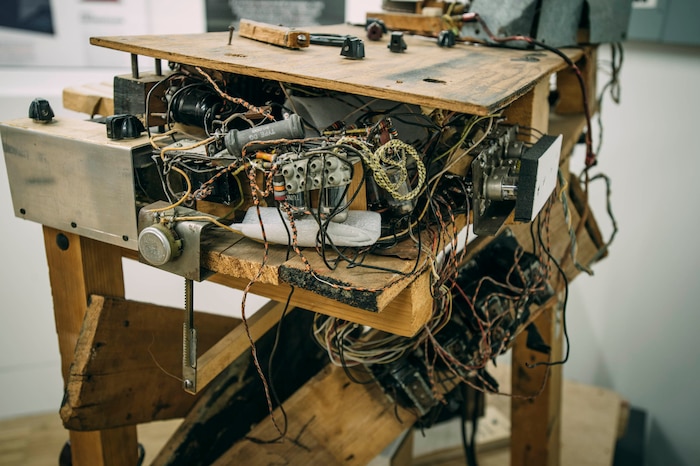
How’s the Electronic Sackbut?
We’ve got that here on loan from the Canada Science and Technology Museum in Ottawa. I’m starting to do schematics on that. The plan is to hopefully clone it twice electronically and mechanically. Not cosmetically, though. Basically we want all the functions and sounds in an instrument that will last long enough so that people can always use it. We don’t want an artifact – we want a modern one with the same circuitry and essentially the same parts. Even though we do conservative restorations, we have to be super conservative here.
Does the Sackbut have a sound that can be re-created? How hard will it be to do that?
The problem is it hasn’t been running for years. Hugh Le Caine was working on it from the mid-’40s till the mid-to-late ’50s, so it was never in a finished state. He was always expanding and modifying it.
I’m hesitant to change anything on the Sackbut, because it’s such a one-of-a-kind thing – not just for Canada, but for electronic music in the whole world.
The parts are pretty much available. I mean, we’re not going to hand-carve the keys, and we’re going to mount the tubes on tube sockets on a circuit board rather than have them dangle from wires. We’re not going to make it out of 2x4’s or orange crates covered with tar and horse hair. We’re trying to make it with the same hand controls and tone stuff and we want the electronics to be identical, but we’re not trying to make it look anything like it.
I think it can be done, but there are lots of broken wires and we don’t know what was broken and what was cut. There were two capacitors floating around inside it. No one really knows and there are no final schematics on it. There are partial schematics, so what I’m doing is a diagram of all the schematics and then figure out hopefully where the broken wires go.
They don’t want me working on the Sackbut, and I understand why, because it’s in very precarious condition. I’m hesitant to change anything on it, because it’s such a one-of-a-kind thing – not just for Canada, but for electronic music in the whole world. If you listen to recordings of it, it sounds incredible, even for imitative stuff. There’s one of a string section he did by multi-tracking, and it’s remarkable.
Are you using the recordings to help you in creating a clone?
I’m trying to do it from a technical point of view and hear how it corresponds. The recordings themselves are from the ’40s and ’50s, so they’re not high-end. But the expressiveness of the instrument is what’s so incredible to me. There’s a hand controller that uses your thumb and finger to control it. Your middle finger controls timbre and it’s basically a very early joystick that merges waveforms and octaves. There’s vibrato and filters that are movable and pitch control.
It’s so ahead of what was going on at the time, so it’s a really exciting project. I’m dying to hear it. I’ve heard recordings but I want to play the thing. If I can’t save the real one, that’s okay, a clone that sounds just like it and has the hand controls slightly closer together, I’m excited by that.
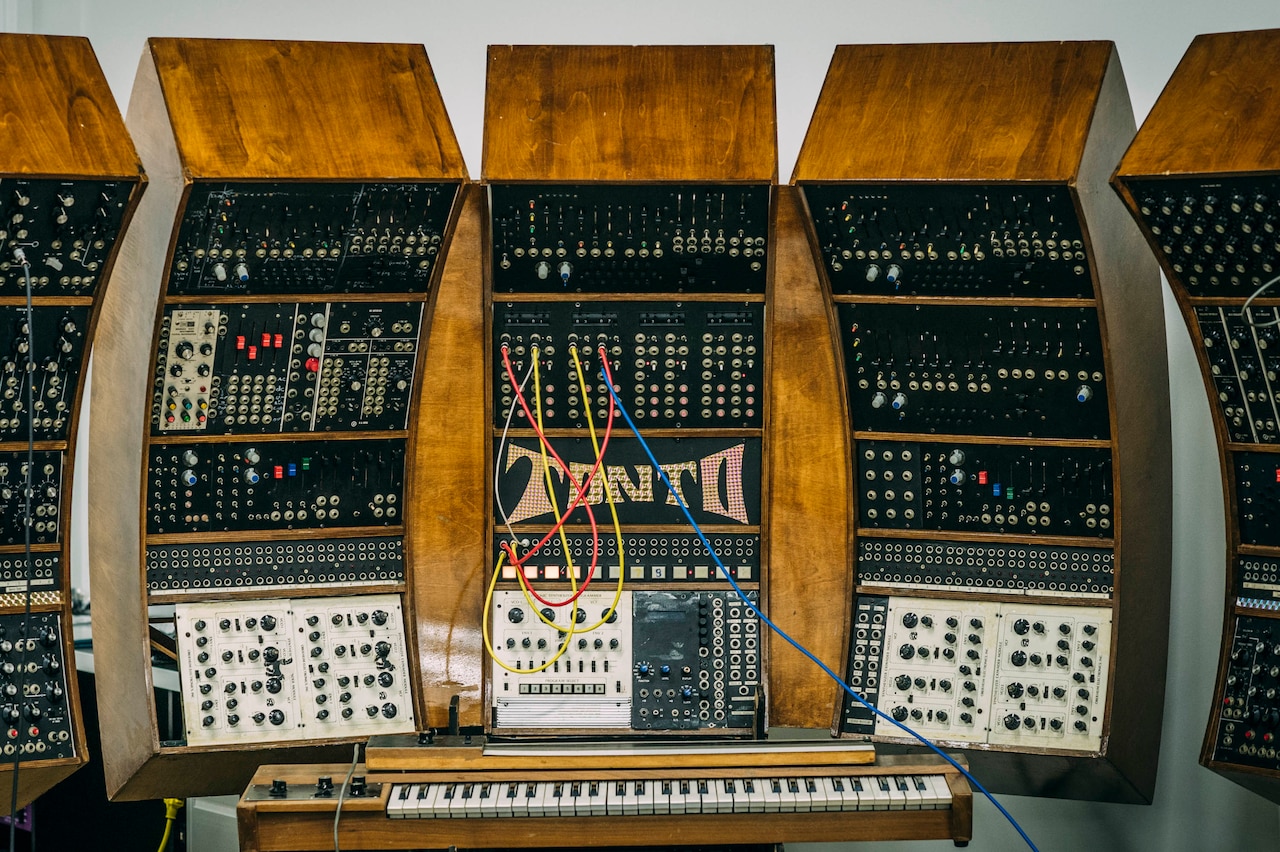
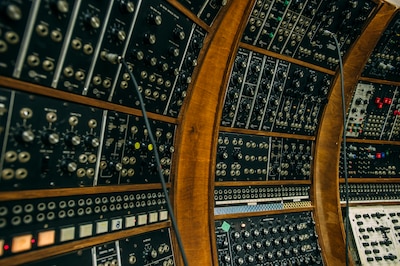

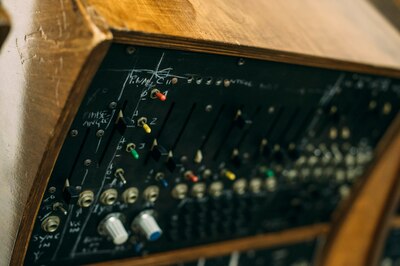
What will you be doing with Tonto?
It changed music. It was used for R&B, and when you look at what’s happened in music the last 20 years, its influence has kept going. Enough of Tonto is working that we’ve been able to play it since we got it here, and it’s not perfect by any means. Right now you can get four or five people playing it at the same time. When the restoration is done I want Malcolm [Cecil] to come up and do more recordings with it, and have artists in here with it. It’s an incredible instrument.
Have you spoken with Malcolm about it?
We’re in touch. I met with him three times, the first time just to see the instrument and whether it’s fixable. They were afraid it had been left out in the rain for the last ten years, but it was well taken care of. The second time we packed it up, and the third was just to talk to him about it and to get documentation. We got probably eight hours of video interview with him. We’re in touch by email and phone, and he’s excited about it because he wanted it restored and to be used for teaching and recording. When it’s done, he also wants to come up and play it and record on it.
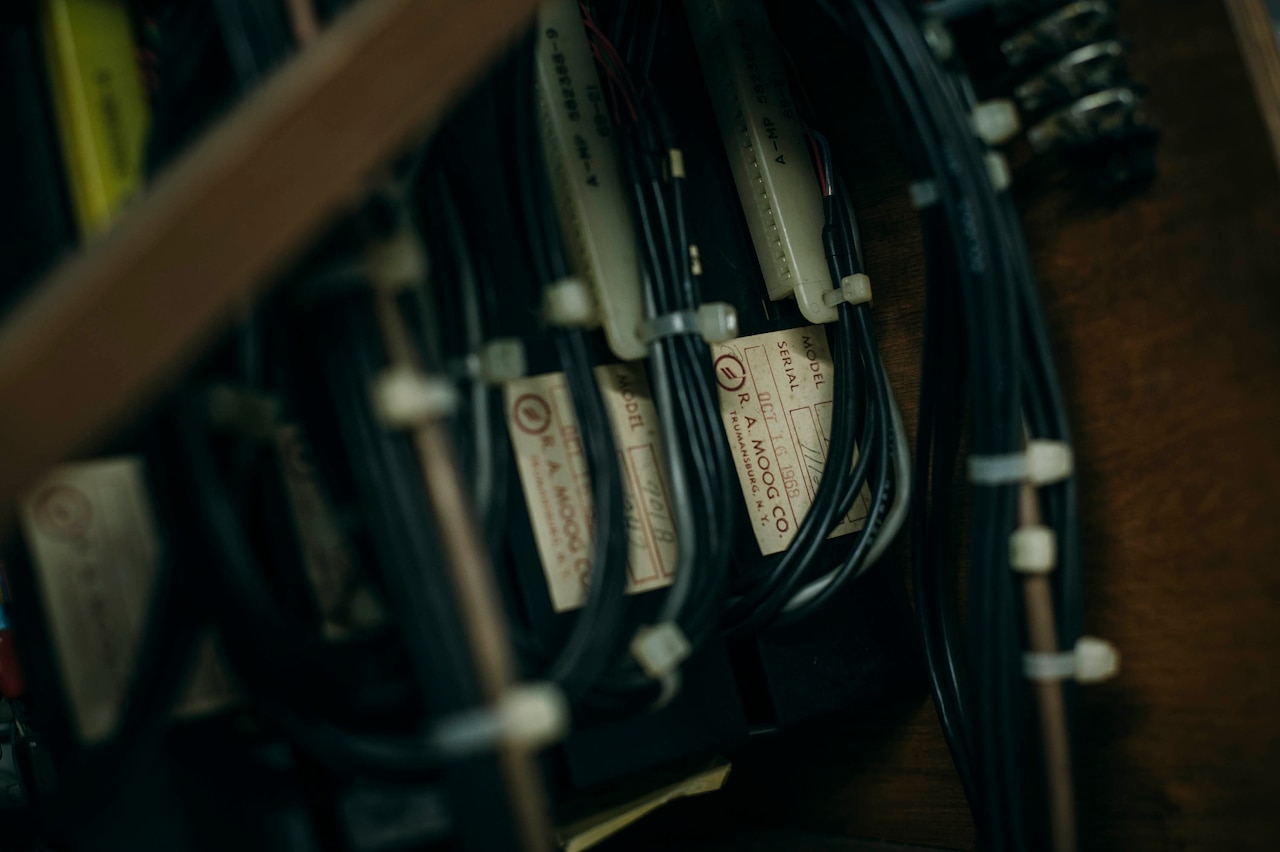
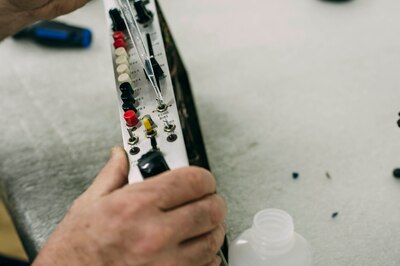
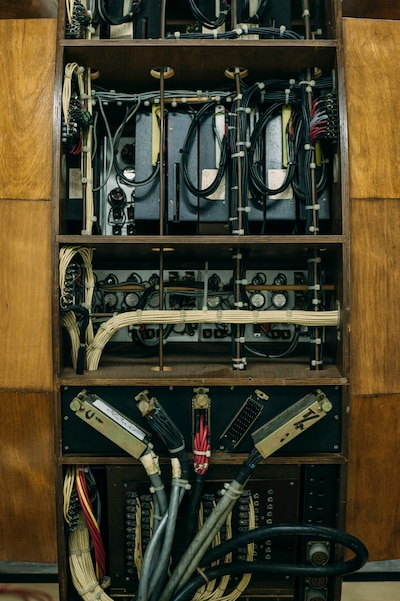

Tonto looks imposing and futuristic in photos. Is it as impressive in person?
Yeah, and when you hear it, it’s more than that. There is some really crazy technical stuff in it that has never really been duplicated for other things. I had the time to get the sequencers except for one to work. And there’s a module build by Roger Mayer, who people know for his work with Jimi Hendrix. I don’t know if anyone has made anything like this module since then, full of unique timbres that can’t be done any other way. After you use it, you’ll never be the same again. It’s magnificent and I can’t wait to go hardcore on the restoration. When all the modules are fixed, then the idea is to do a full maintenance: That means changing out 1,000 jacks, getting the connectors cleaned and calibrated.
Are you limited in terms of how hardcore you can go on a restoration?
It’s a trade-off in this business between conservation and restoration. Some museums want to conserve something so it stays the same and doesn’t get worse. Some want to do full restorations where they just want it to play again and be reliable. In the museum world, there are things you can do and things you can’t, but in the electronic music world it’s not that determined yet. We’re doing our research and making decisions. I do very conservative restoration work, meaning I want to keep as many original parts as I can.
Header image © Paul Swanson
